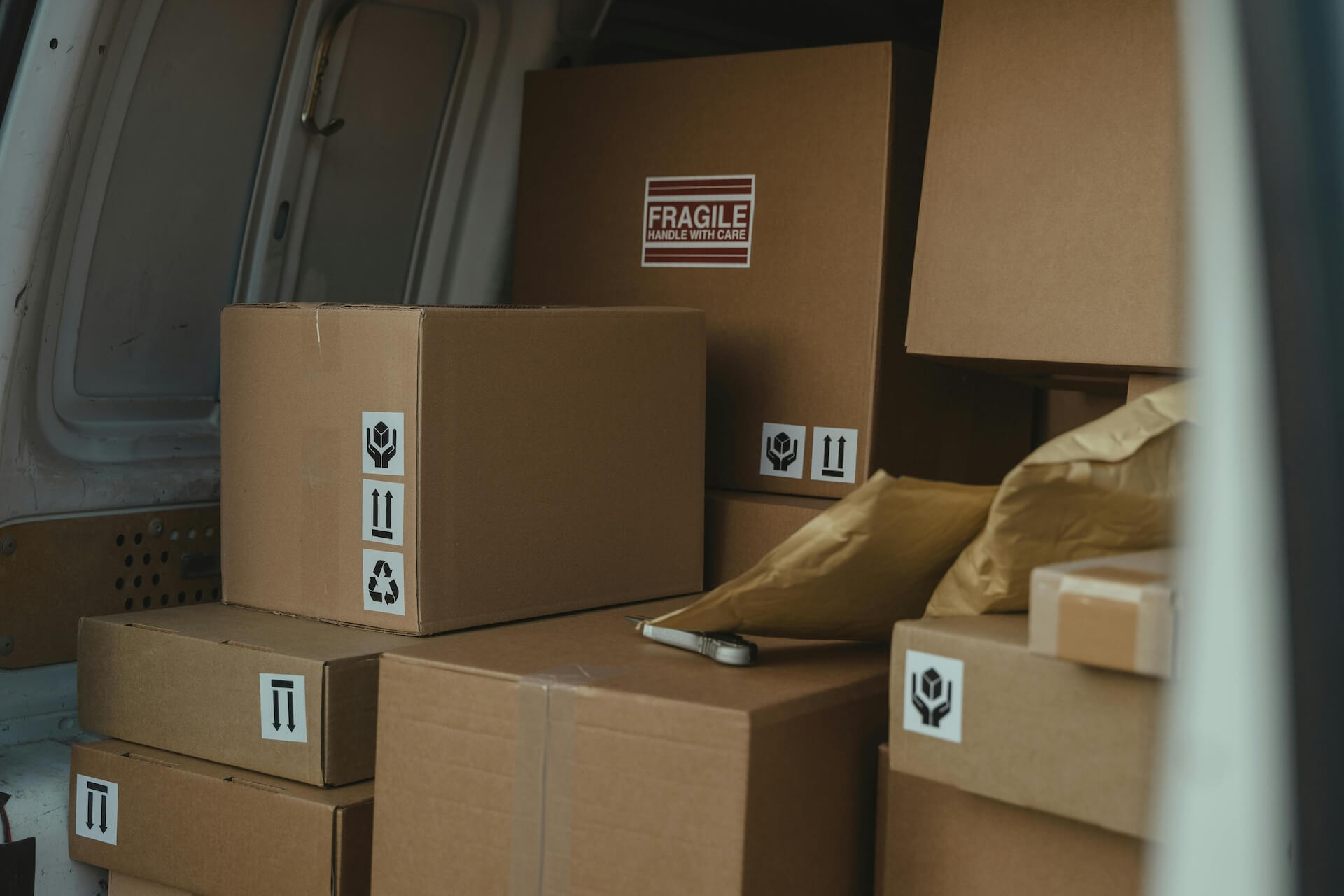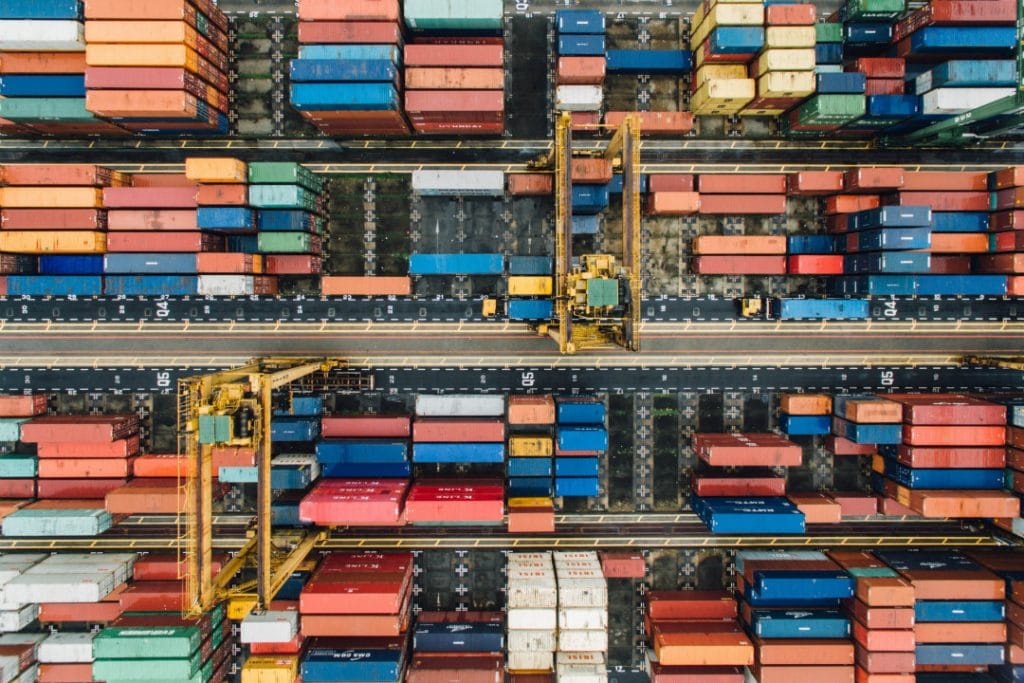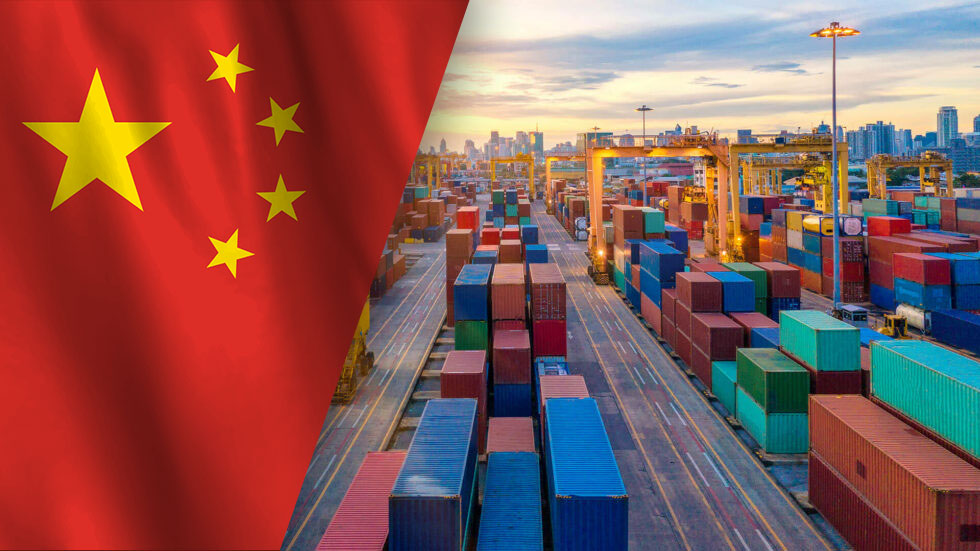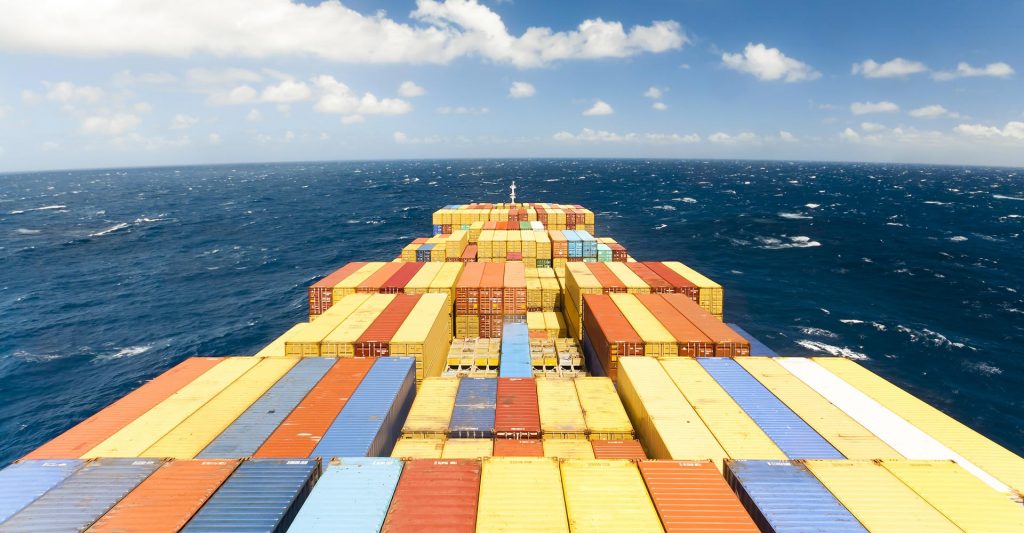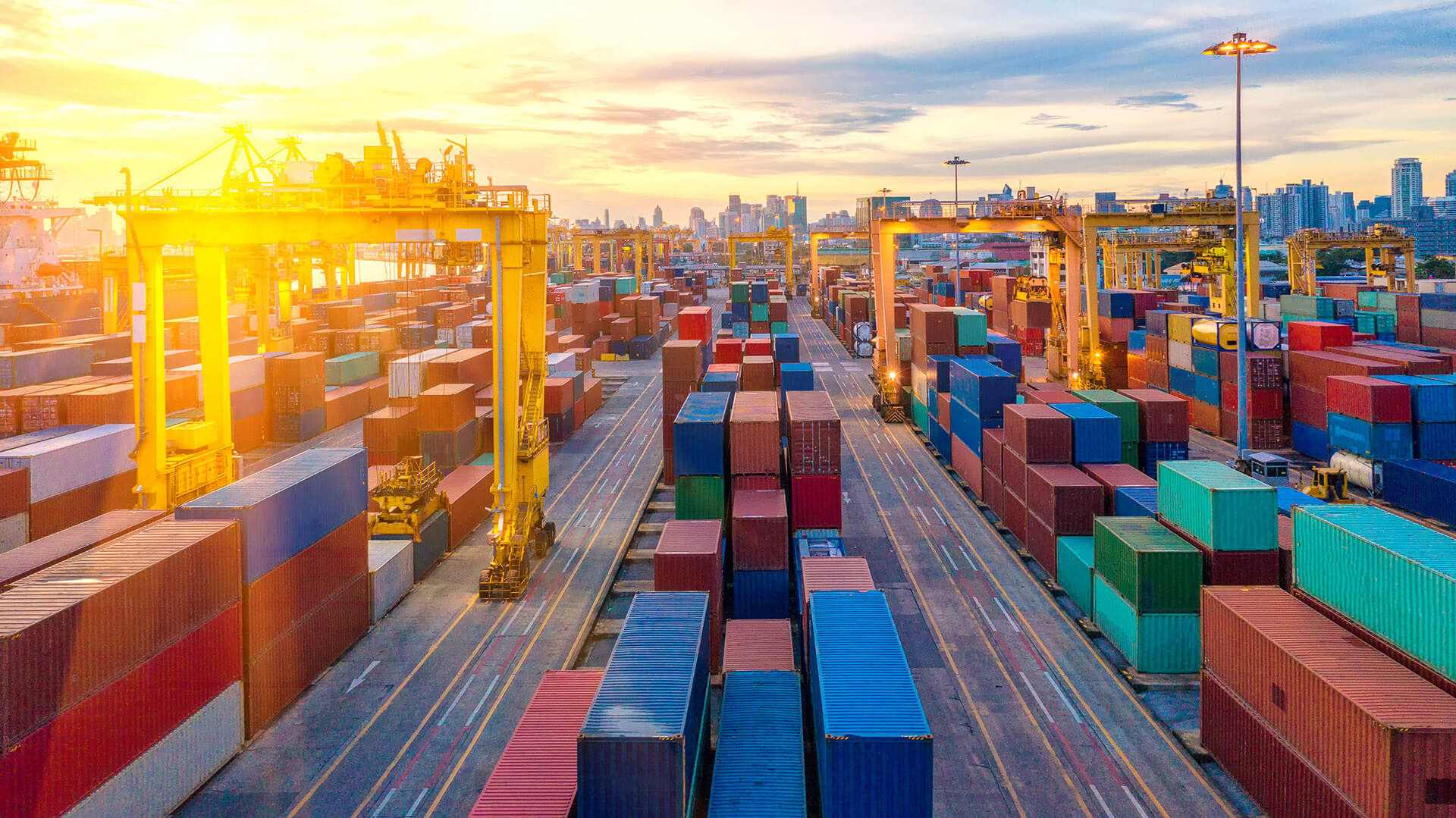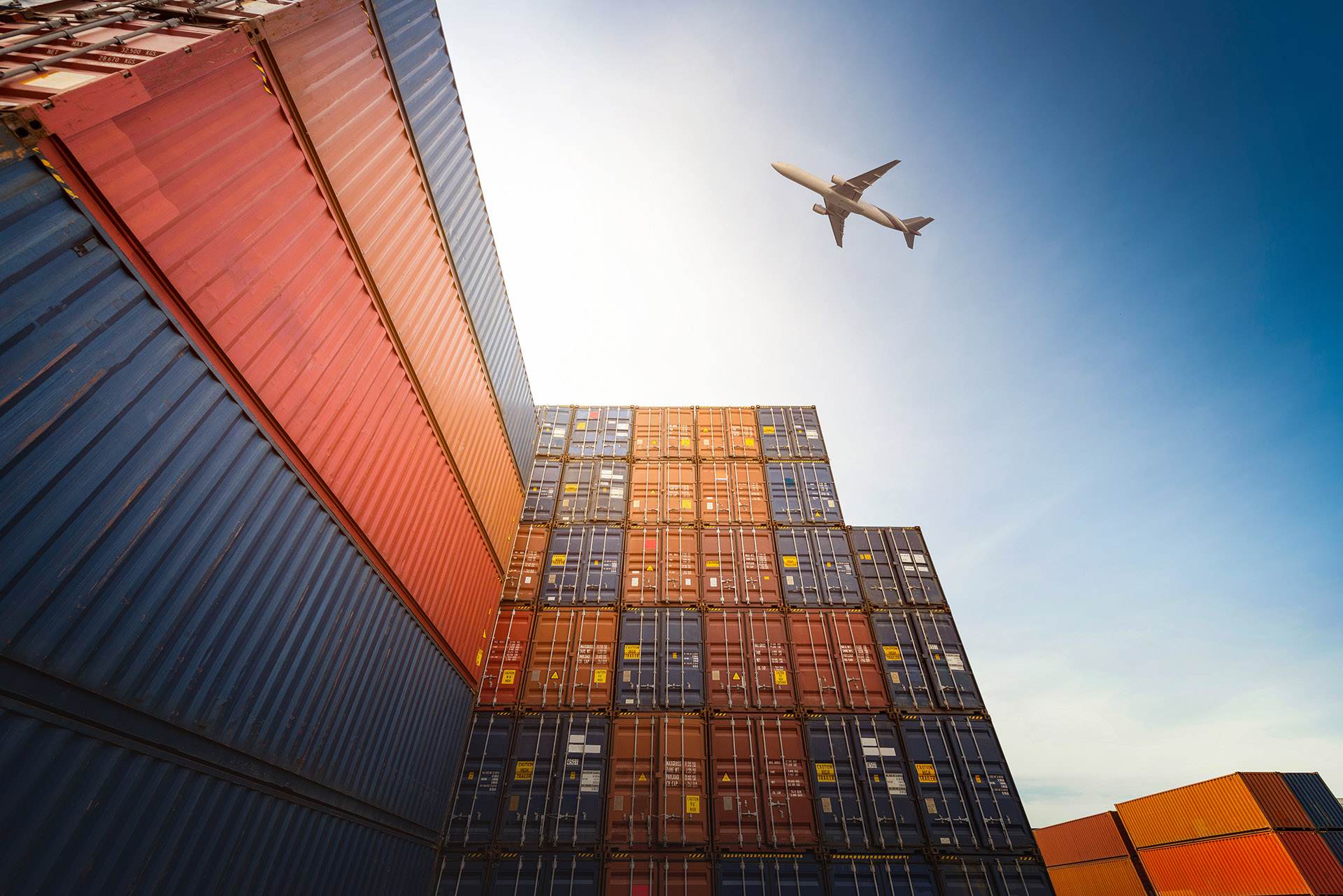Written by Jamie Rodgers, CEO of J.M. Rodgers Co., Inc.
With seemingly no end in sight to the new tariffs, more and more companies are seeking out methods to reduce their tariff impacts. Many companies used to being entirely duty free or blessed with a very low duty impact now suddenly find themselves staring down price increases that they need to find a way to mitigate any way possible.
Since that time, we have noticed a significant uptick in interest in duty drawback from firms that had never before had any need for it, and with that comes a lot of questions that companies exploring drawback for the first time have for us.
What if a company only exports the product, but doesn’t import? They would eligible to claim drawback. By default, Customs sees the exporter as the one with the rights to claim drawback, as the duties that were paid by the importer have been indirectly passed on as part of their costs to the customer. JM Rodgers can be the third party between you and your supplier to receive their documents and data necessary to file a claim without either side seeing sensitive pricing or sales information of the other.
What if a company is the importer, but not the exporter? You can still claim drawback. While as stated earlier the exporter is the default claimant, an arrangement can be reached with the exporter to pass the rights back to the importer so they can file the claim on their own behalf. Sometimes in this case sharing agreements are reached to split the refunds. JM Rodgers can assist in getting the rights passed back to you, and being in between you and your customer to ensure no confidential information is passed.
What if an importer sells to a customer in Mexico, but the customer take possession of it in a border warehouse in the USA prior to export? The importer is still eligible to pursue those refunds. As above, it requires the exporter to agree to pass the rights along, but this is a common occurrence with southern and northern border transactions. JM Rodgers can help manage this process as well, explaining to customers in foreign countries what they need to provide to make the claim possible.
What if a company can’t track an exact imported part from import to export? In most situations, you would be eligible to claim drawback. For exports outside of Canada and Mexico, “substitution” drawback can be used to match only with 8-digit HTS classifications. In these cases, matches on a part-number level are no longer necessary, and can be matched just with the values and HTS classifications on import and export documents.
For exports to the NAFTA zone, “direct identification” drawback is required. However if a direct, serialized match cannot be made (as is typically the case), then there are several Customs-approved accounting methods that are available to bridge this gap and match imports to exports. JM Rodgers can work with you to put the best program in place to maximize your returns in any scenario above.
What if a company only imports components for manufacturing in the United States, and exports the finished product that contains the imported part? This is eligible for claims under manufacturing drawback. As long as there is documentation, such as a bill of material, showing that the imported part is contained in the exported product, refunds can be claimed. JM Rodgers has extensive experience in very complex manufacturing situations to help any kind of manufacturer get their full refund back.
There are many complexities within drawback, and JM Rodgers can help your company navigate through all the scenarios where you would be eligible to claim refunds back. If you’d like to discuss how your company would be eligible, please contact our VP of Sales Andrew Galloway at agalloway@jmrodgers.com or 973-726-5340.
